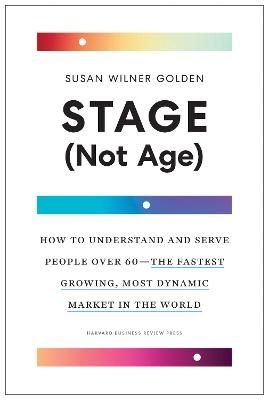This book undertakes an in-depth examination of the dynamics of commitment in U.S.-Southeast Asia strategy. Drawing on cases including the U.S. withdrawal from Vietnam and Washington’s pivot to Asia amid China’s growing regional role, it constructs an original balance of commitment model to explain continuity and change in U.S.-Southeast Asia policy. Balance of commitment goes beyond balance of power approaches to explains how translating Southeast Asia’s importance in U.S. thinking into actual commitments has proven challenging for policymakers as it requires simultaneously calibrating adjustments to power shifts, threat perceptions and resource extraction. The book applies the balance of commitment approach to several practical case studies, based on hundreds of conversations with policymakers and experts in the United States and Southeast Asia, personal experiences across nearly two decades and primary and secondary source material across a half-century. The findings suggest that the challenges of U.S. commitment to the region are rooted not simply in differences between administrations or divergences in outlook between Washington and regional capitals, but tough balancing acts for U.S. policymakers in domestic politics and wider foreign policy. As such, shaping U.S. strategy in Southeast Asia and calibrating and sustaining commitment requires not just appreciating Southeast Asia’s significance, but committing to the region in ways that manage structural aspects of U.S. thinking, capabilities and resourcing.












